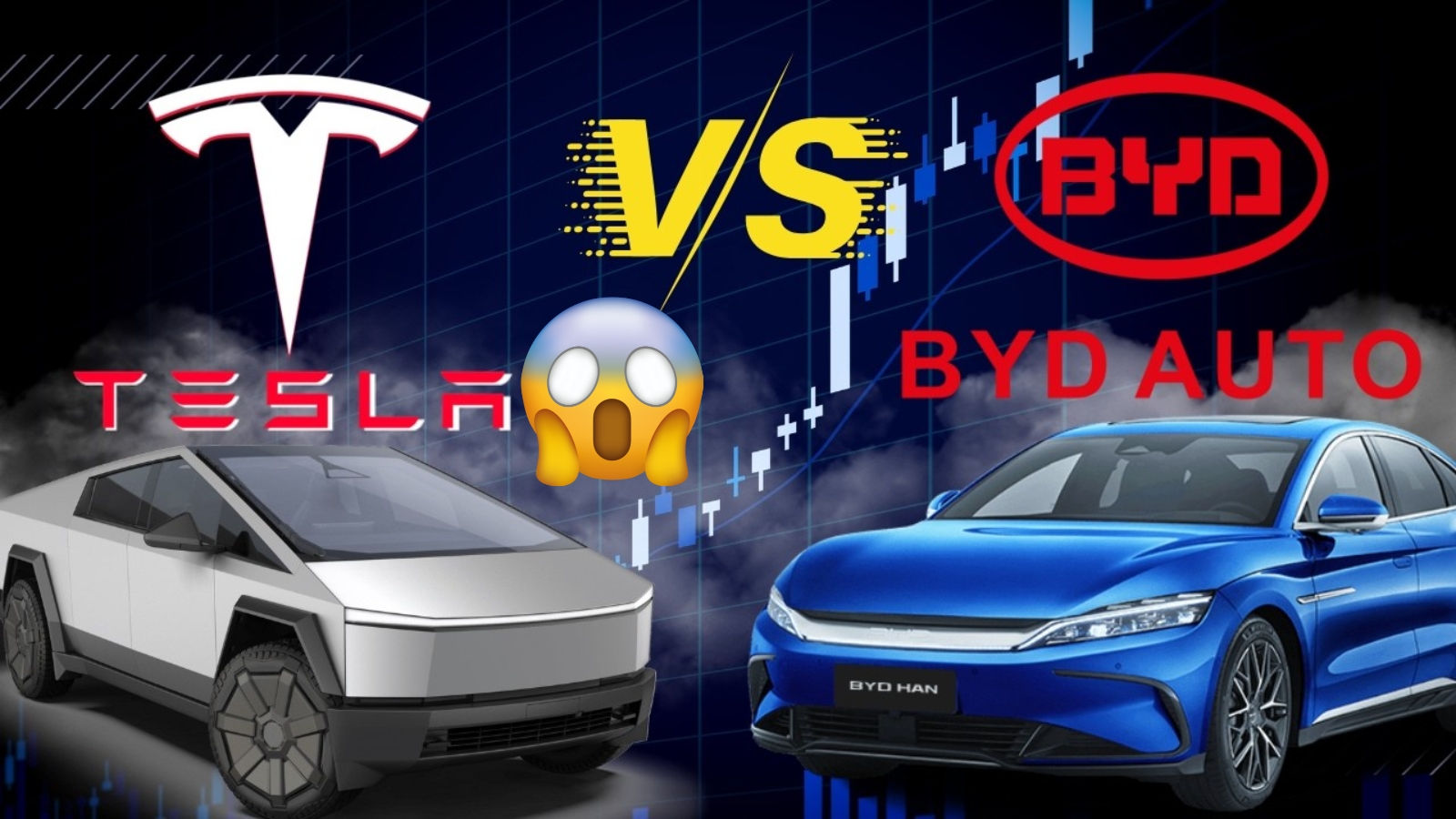Australia’s electric vehicle landscape is experiencing a dramatic shift. Tesla’s market share has dropped from 60% to 45%, while Chinese automaker BYD is rapidly gaining ground with 368% sales growth and 6.7% overall market share. This isn’t just about numbers – it’s about giving Australian families more affordable, practical choices for their next car.
Tesla’s Changing Position in Australia
Tesla remains the market leader, but the gap is narrowing fast. The Model Y delivered 3,580 sales in May 2025, maintaining its position as Australia’s bestselling electric vehicle. However, the American company faces new challenges from well-priced Chinese competitors offering similar features at lower prices.
The Tesla Model 3 has also shown resilience, achieving 1,132 sales in June 2025 – its best month of the year. Tesla’s strength lies in its established charging network, brand recognition, and premium positioning that still appeals to many Australian buyers.

What Makes Tesla Appealing
Tesla’s Supercharger network gives drivers confidence for long-distance travel across Australia’s vast distances. The company’s over-the-air updates mean your car genuinely improves over time, adding new features without visiting a service center. Many owners appreciate the minimalist interior design and advanced autopilot features.
BYD’s Aggressive Australian Expansion
BYD’s growth story in Australia is remarkable. The company delivered 8,156 vehicles in June 2025, representing a massive leap from previous years. This success stems from offering a complete range of vehicles, from the budget-friendly Dolphin starting at just $29,990 to premium SUVs competing directly with Tesla.
BYD’s Diverse Lineup Strategy
BYD now offers six vehicles in Australia, from the low-cost Dolphin and Atto 3 to mid-size SUVs (Sealion 6 and 7), electric sedans (Seal), and the Shark 6 pickup. This variety gives Australian families options across different budgets and needs – something Tesla has traditionally struggled with.
The BYD Sealion 7, launched specifically to challenge the Model Y, starts at $54,990 compared to the Model Y’s $63,400. That $8,400 price difference matters to families weighing their options.
Market Share Battle: The Numbers Tell the Story
| Metric | Tesla | BYD |
|---|---|---|
| Market Share (2025) | 45% of EV market | 6.7% of total car market |
| Best-selling Model | Model Y (3,580 sales/month) | Sealion 7 (743 sales/month) |
| Price Range | $63,400 – $130,000+ | $29,990 – $80,000+ |
| Charging Network | Extensive Supercharger network | Relies on public charging |
| Vehicle Types | 2 models (3, Y) | 6 models across all segments |
| Sales Trend 2025 | Declining then recovering | 368% growth year-on-year |
What This Means for Australian Car Buyers
The competition benefits everyone. Tesla has responded to BYD’s challenge by updating the Model Y with new features and improved value. Meanwhile, BYD continues expanding its dealer network and introducing more affordable models.
Price Competition Drives Innovation
BYD introduced new “Essentials” trim levels, cutting prices across its lineup. This forces all manufacturers to justify their pricing with genuine value, whether through superior technology, build quality, or customer service.
Chinese Brands Changing the Game
Eight of Australia’s top 10 bestselling EVs in 2025 are Chinese-made vehicles. This shift reflects Australian buyers’ willingness to consider value over traditional brand loyalty when the products deliver on quality and features.
2025 and Beyond
Australian EV sales reached a record 10.3% market share in June 2025, showing healthy growth despite the brand battles. Both Tesla and BYD are investing heavily in Australia, recognizing it as a key growth market.
Infrastructure Development
The charging infrastructure race continues. While Tesla maintains its Supercharger advantage, public charging networks are expanding rapidly. This levels the playing field for brands like BYD that rely on third-party charging solutions.
New Model Launches
Tesla’s updated Model Y “Juniper” arrived in May 2025 with refreshed styling and improved features. BYD counters with the Sealion 7 and continues expanding its model range to cover more market segments.
This competition creates a win-win situation for Australian electric vehicle buyers. Tesla maintains its premium position with proven technology and infrastructure, while BYD offers compelling value across multiple price points. BYD aims to become a top-10 car brand in Australia by 2025, which would represent an extraordinary achievement for a brand that launched here just three years ago.
The choice between BYD and Tesla often comes down to priorities: premium brand experience and charging convenience versus value pricing and model variety. Both approaches are finding success in Australia’s growing electric vehicle market.
Frequently Asked Questions
Q: Which brand offers better value for money?
A: BYD generally offers lower starting prices across its range, while Tesla provides premium features and an established charging network.
Q: How reliable are BYD vehicles compared to Tesla?
A: Both brands offer competitive warranties, though Tesla has a longer track record in Australia. BYD vehicles use proven battery technology from the world’s largest battery manufacturer.
Q: Should I wait for more models or buy now?
A: Both brands continue launching new models, but current offerings provide solid options. Consider your immediate needs versus potential future releases.
